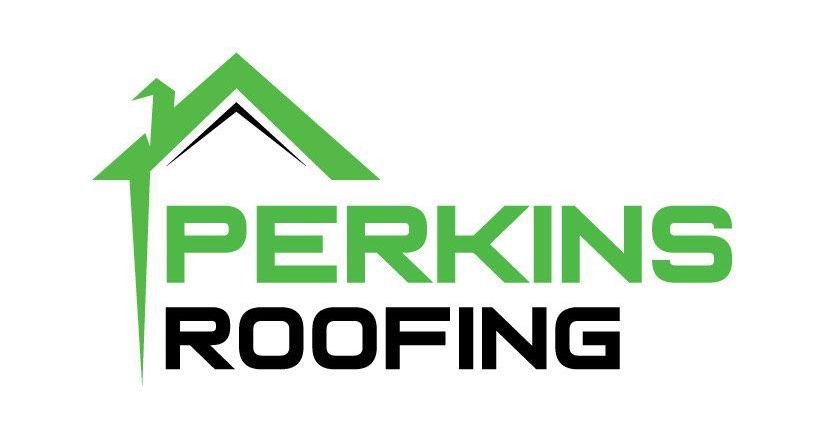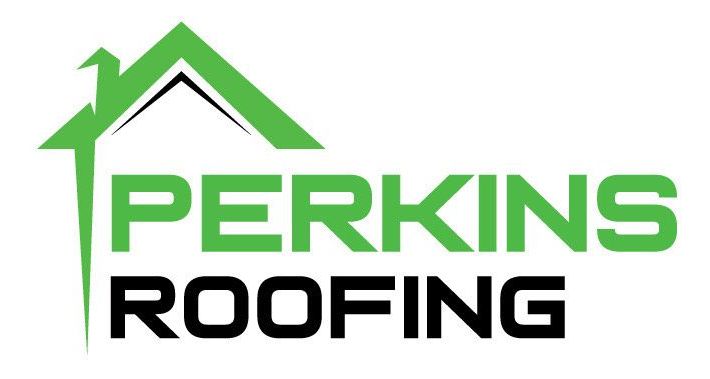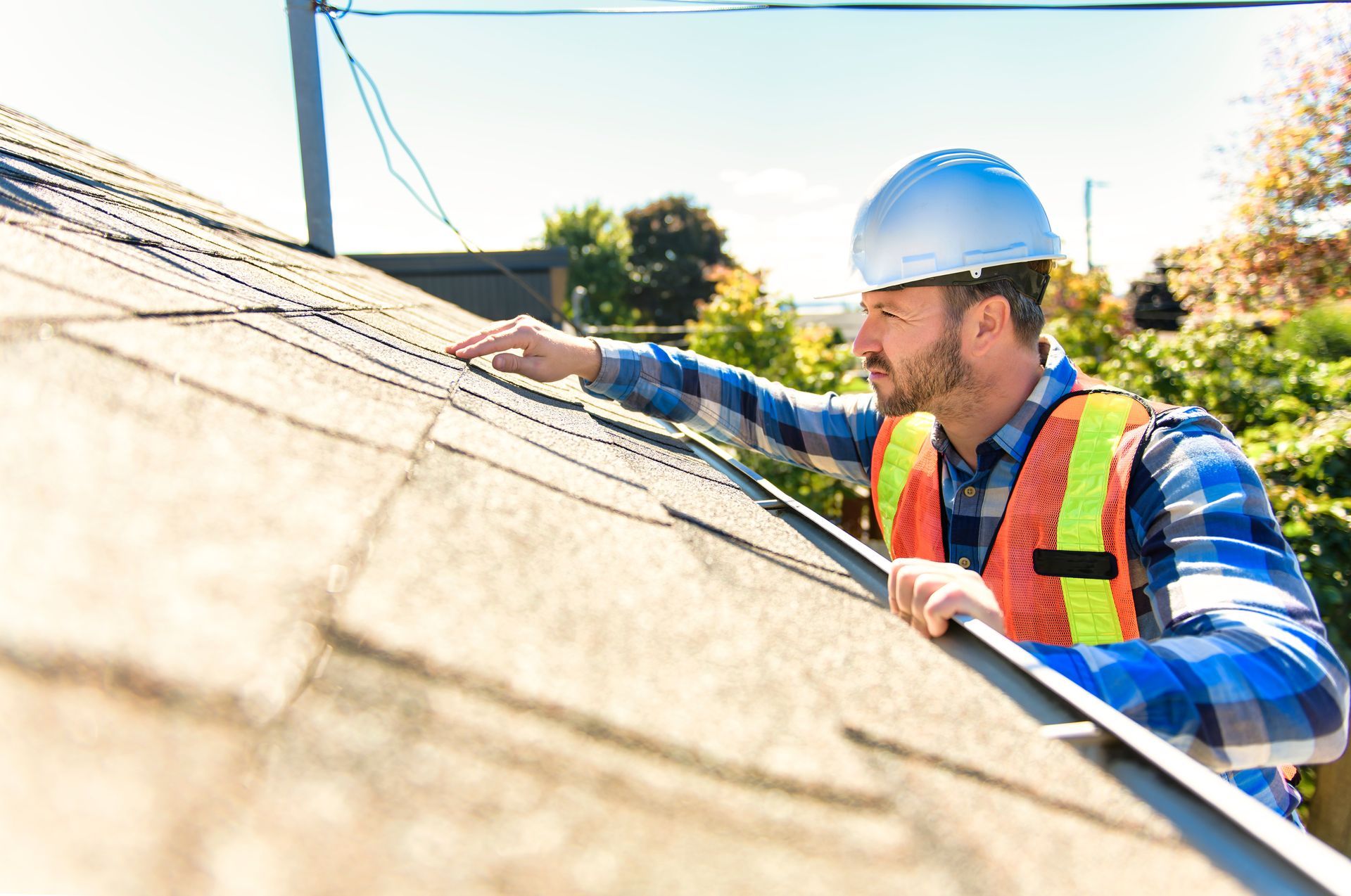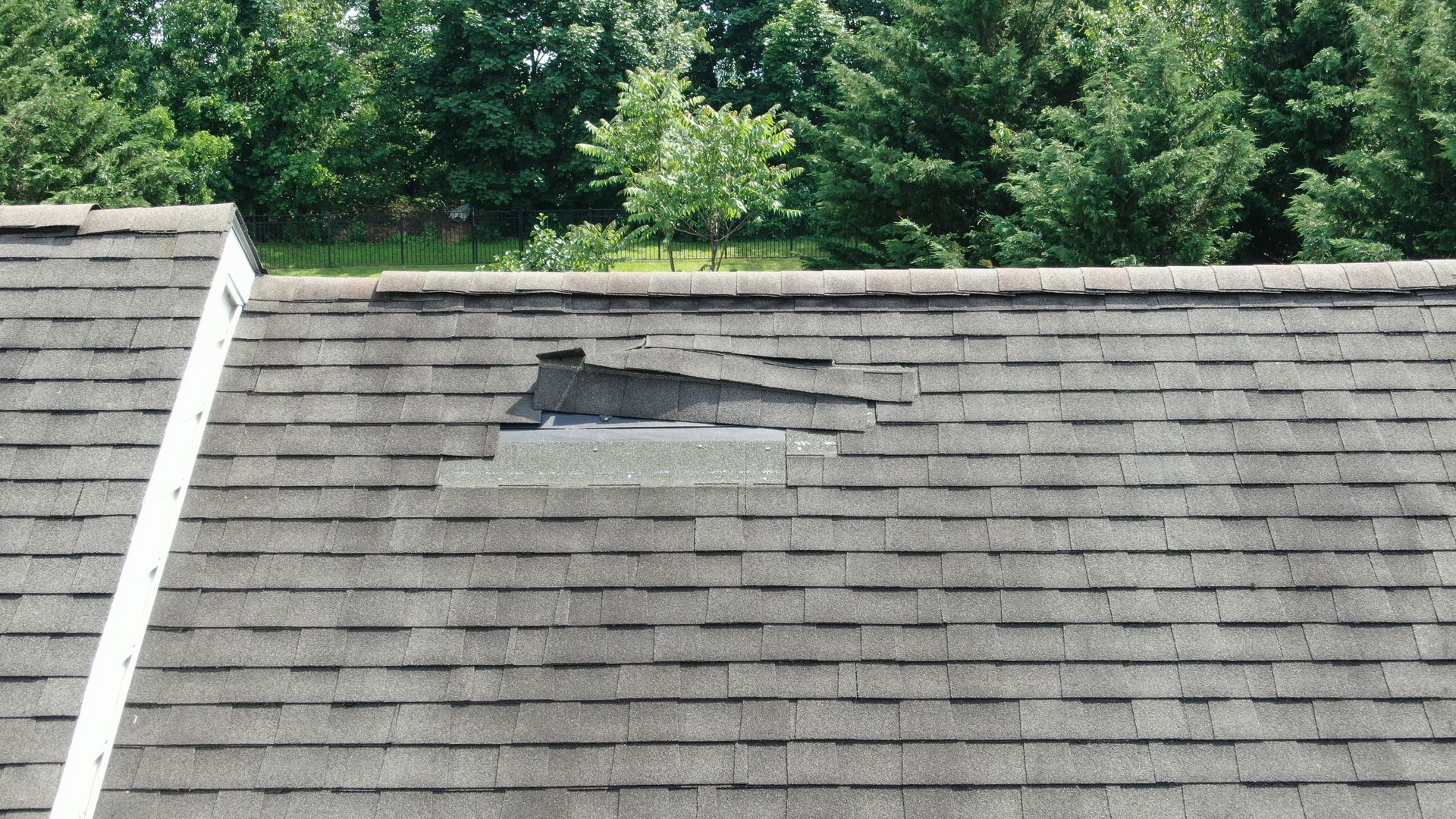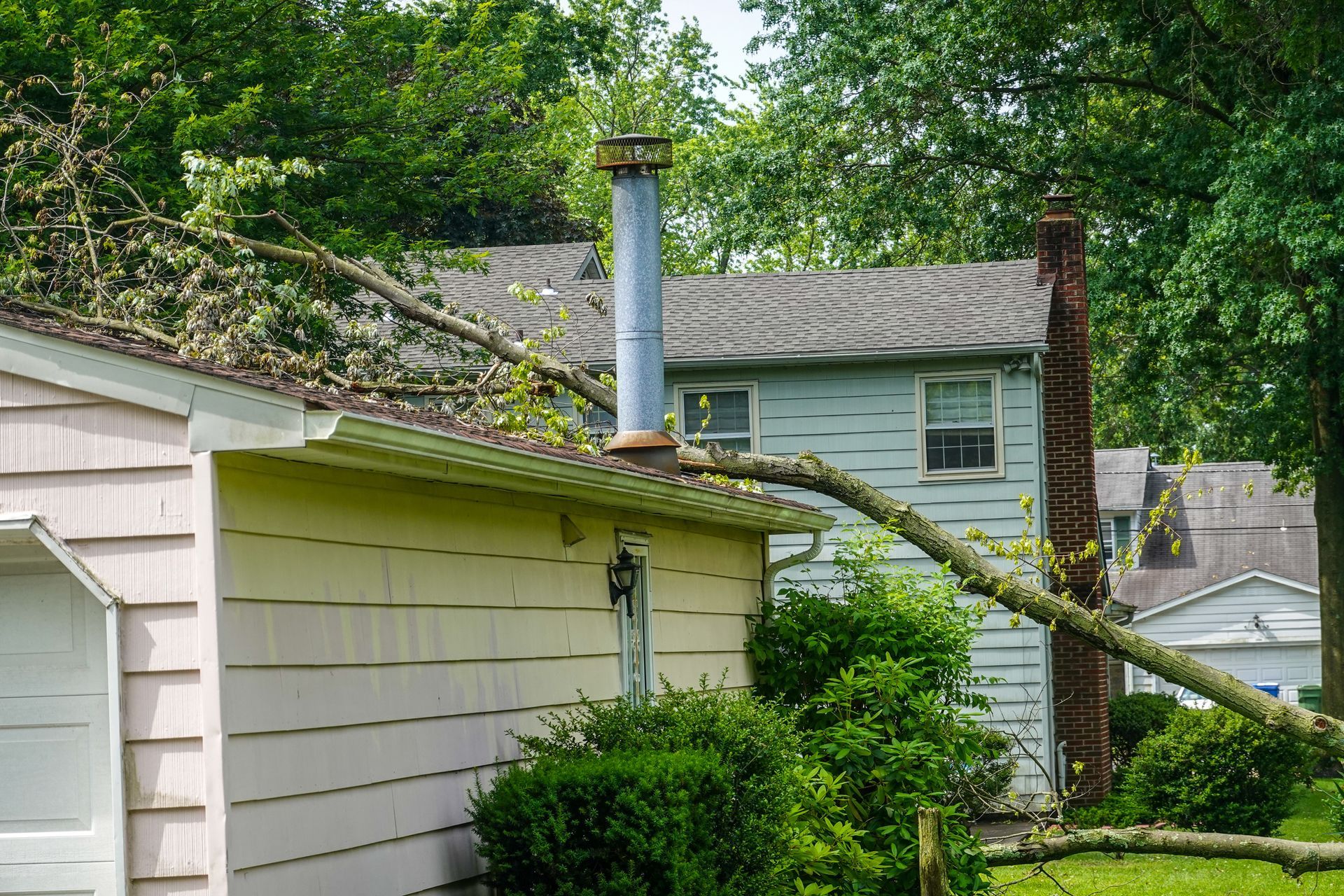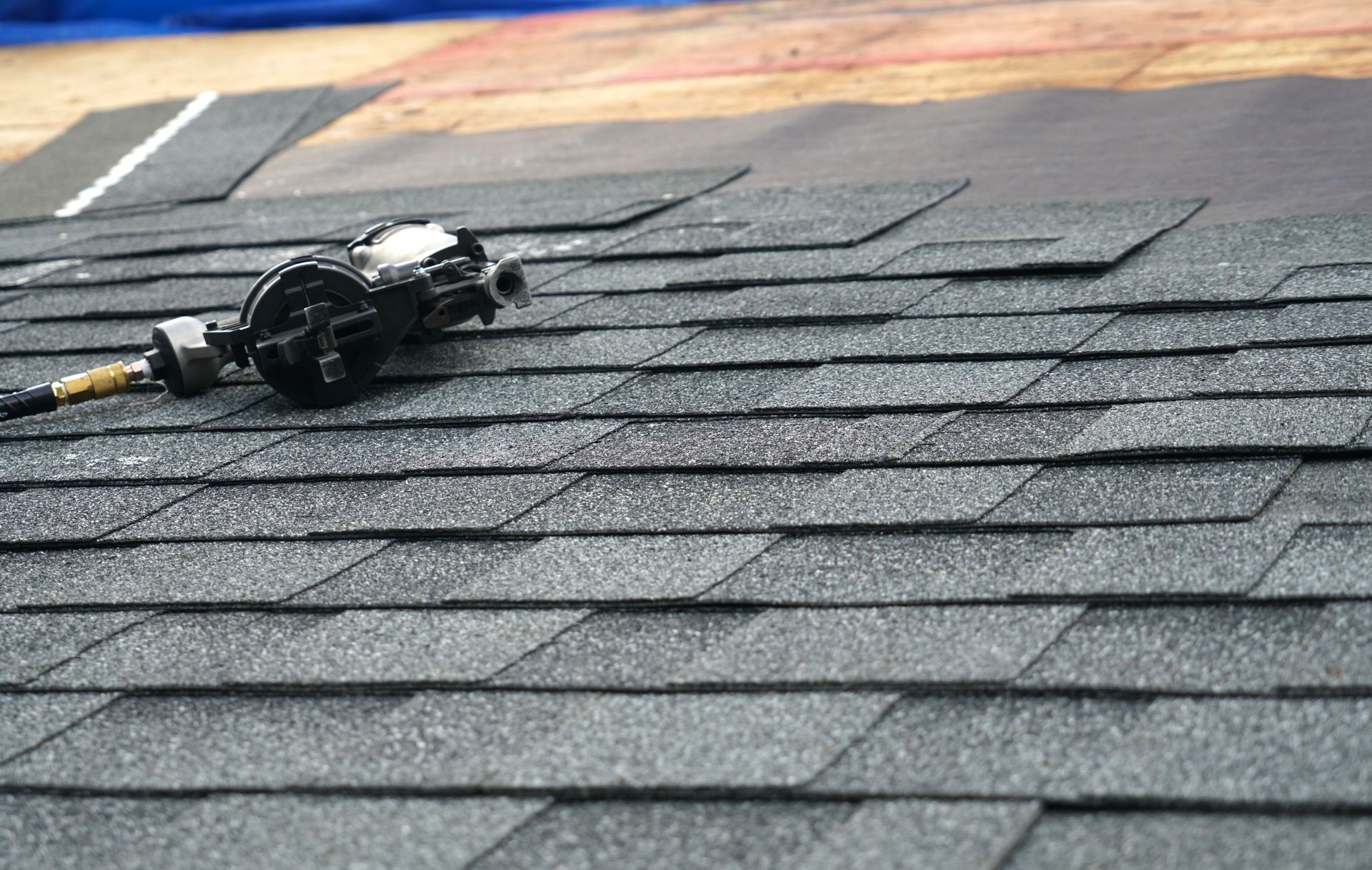call today, we'll be there tomorrow | (832) 702 0201
What Makes a Properly Installed Roof Waterproof?
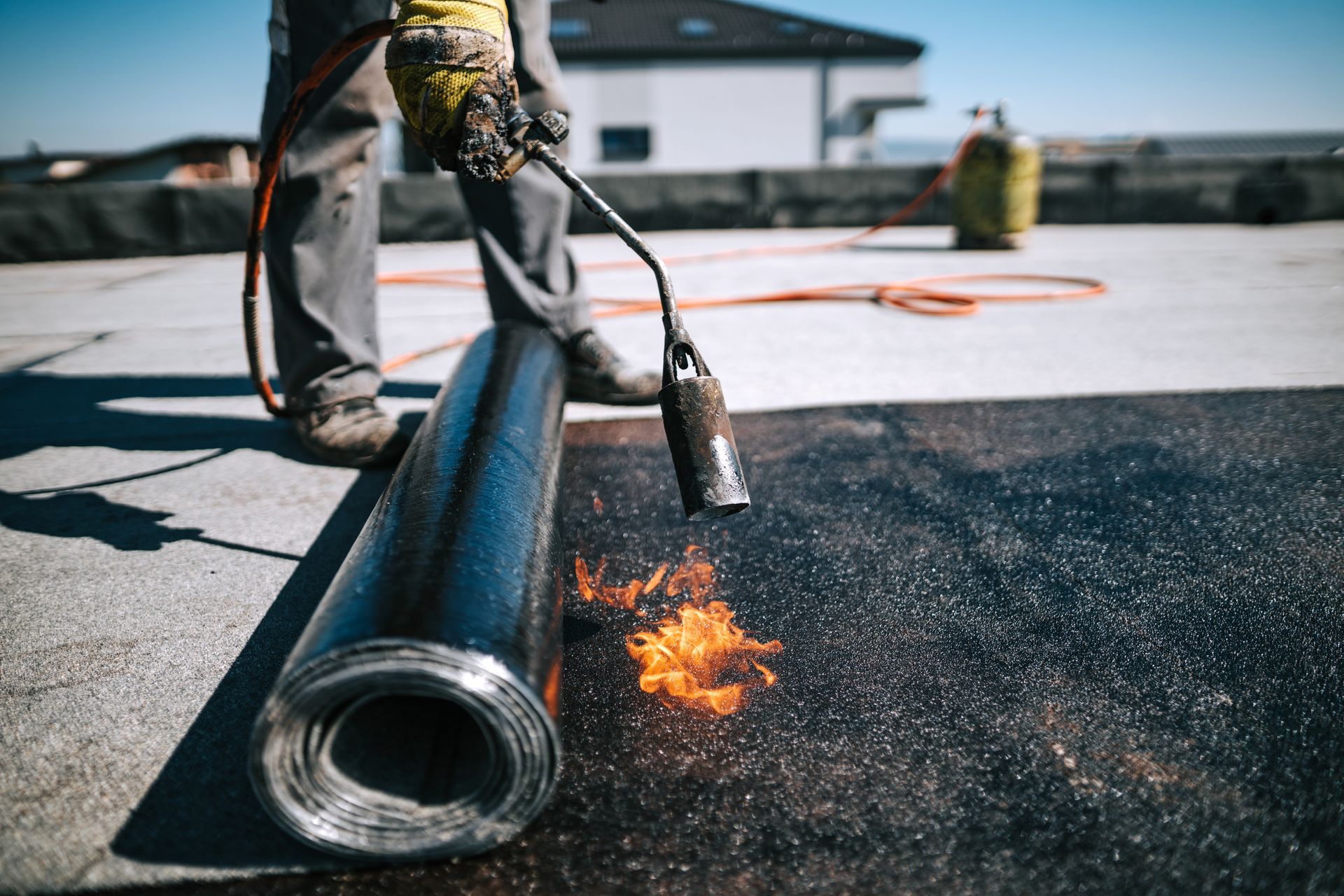
When it comes to construction and home maintenance, few elements are as critical as a properly installed roof. Acting as the first line of defense against the elements, a roof must be not only durable but also waterproof to preserve its own longevity as well as all the structural elements and personal property under the roof.
Although every aspect of a roof contributes to its water-repelling properties, the underlayment is particularly important. It’s the waterproof barrier that prevents water intrusion if moisture penetrates beyond shingles.
How Roofs Repel Water
A roof’s ability to repel water and prevent water infiltration is arguably its most important attribute. Homeowners don’t need to be told about the dangers of water damage and the far-reaching consequences for the underlying structure.
There’s no singular part of a roof that allows it to repel water. It requires a combination of materials, roofing techniques and installation practices aimed at creating a barrier that effectively repels water and channels it away from vulnerable areas.
Key Components of a Waterproof Roofing Systems
- Roofing Materials: The choice of roofing materials determines the waterproofing capabilities of a roof. Although the mechanism by which asphalt shingles, metal roofing, tiles and membrane roofing systems repel water share some common characteristics, there are also some key differences. Each material has its unique properties and installation requirements, but all must be properly installed to ensure waterproofing.
- Underlayment: Underlayment serves as an additional layer of protection between the roofing material and the roof deck. Typically made of asphalt-saturated felt or synthetic materials, underlayment provides an extra barrier against water penetration and helps to prevent leaks.
- Flashing: Flashing is installed around roof penetrations, like vents, skylights or chimneys, and in vulnerable areas of the roof, such as valleys, to prevent water from seeping into the building envelope. Flashing is typically made of metal or a waterproof membrane and is carefully integrated into the roofing system to create a watertight seal at points that are particularly vulnerable to water penetration.
- Sealants and Adhesives: Sealants and adhesives are used to seal joints, seams and penetrations in the roofing system, making sure that no water can infiltrate through these vulnerable points. Common sealant materials include silicone, polyurethane and acrylic-based products, which provide flexibility and durability in varying weather conditions.
Ensuring Proper Roof Waterproofing
- Professional Installation: Perhaps the most critical variable influencing the effectiveness and longevity of a roof’s waterproofing properties is the quality of installation. Improper installation techniques can compromise the integrity of the roofing system, increasing the risk of leaks and water damage over time. Hiring a reputable roofing contractor is the best way to ensure your roof will remain watertight.
- Attention to Detail: Attention to detail is paramount in ensuring a roof stays waterproof for the long haul. Properly sealing seams, flashing around protrusions and ensuring adequate drainage are all essential aspects of a watertight roofing system. Careful planning and meticulous execution are required to effectively address potential weak points and vulnerabilities in a roof.
- Regular Maintenance: Even a properly installed roof requires regular maintenance to ensure continued waterproofing performance. Inspecting the roof periodically for signs of damage, clearing debris from gutters and drains and promptly addressing any issues that arise are all important steps in preserving the integrity of the roofing system.
Top-Notch Roof Repairs and Replacements at The Woodlands
Is your roof in The Woodlands leaking? Look no further than Perkins Preferred Roofing. Our team of roofing experts specializes in roof repairs and replacements and will ensure your home is protected from the elements with precision and care.
Whether you need a minor repair or a complete roof replacement, we've got you covered. Our skilled craftsmen use only the highest quality materials and industry-leading techniques to deliver exceptional results that stand the test of time.
Don't settle for anything less than the best when it comes to your roof. Contact Perkins Preferred Roofing today by calling (832) 702-0201 to schedule your free on-site consultation and experience the difference that our roofing services can make for your home.
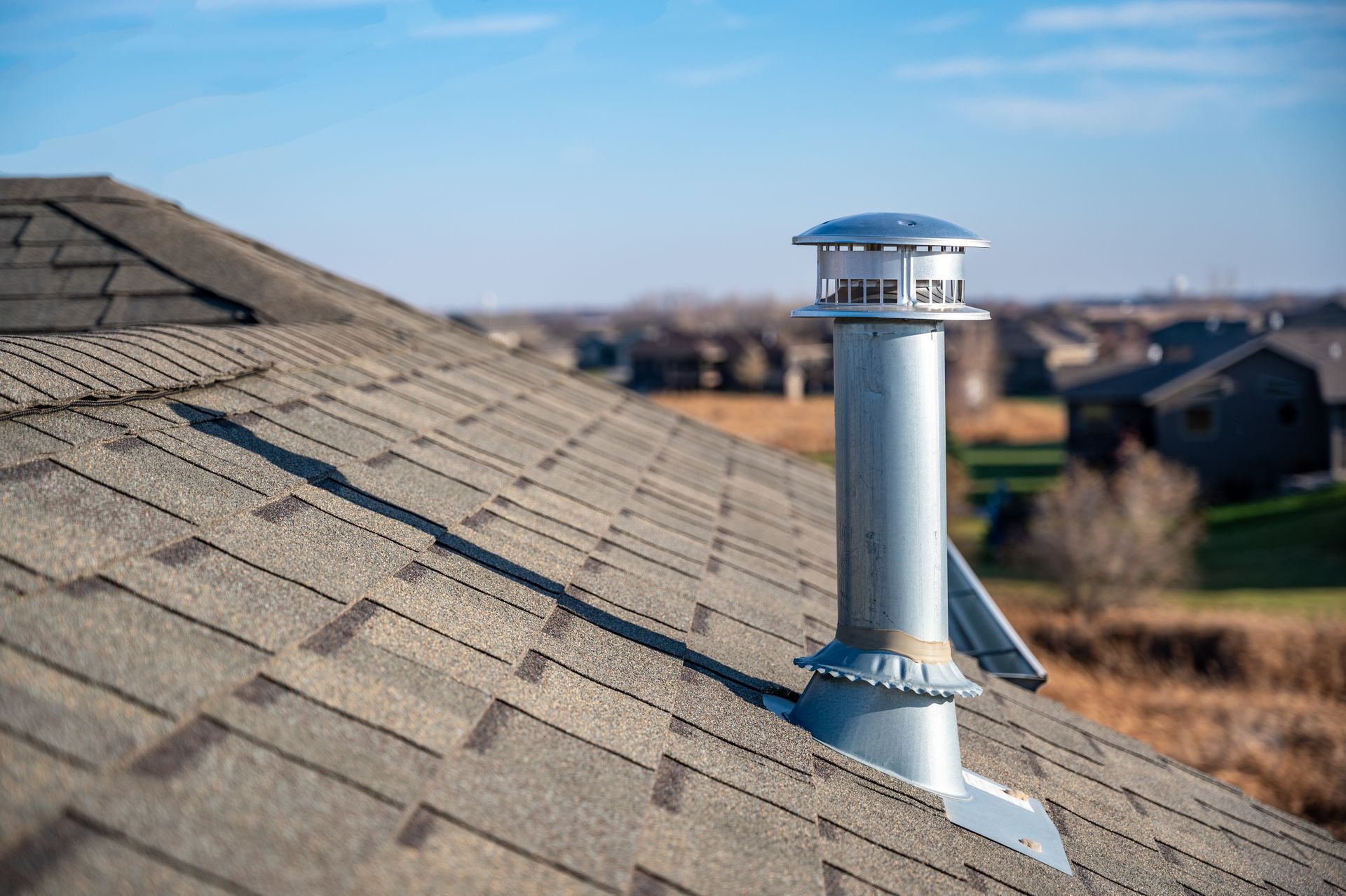
LET'S GET YOU TAKEN CARE OF
our customers are our neighbors.
Contact Us
We will get back to you as soon as possible
Please try again later
our services
WHERE TO FIND US
45 Cascade Springs Pl
The Woodlands, TX 77381
All Rights Reserved | Perkins Roofing
Privacy Policy | Powered by REV77 Digital Marketing Agency
